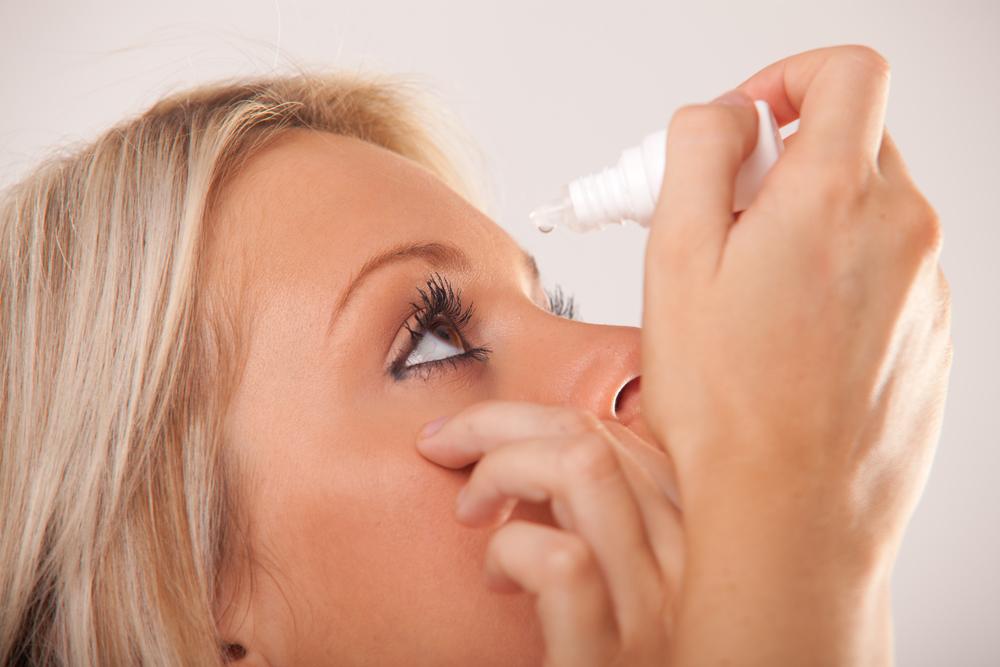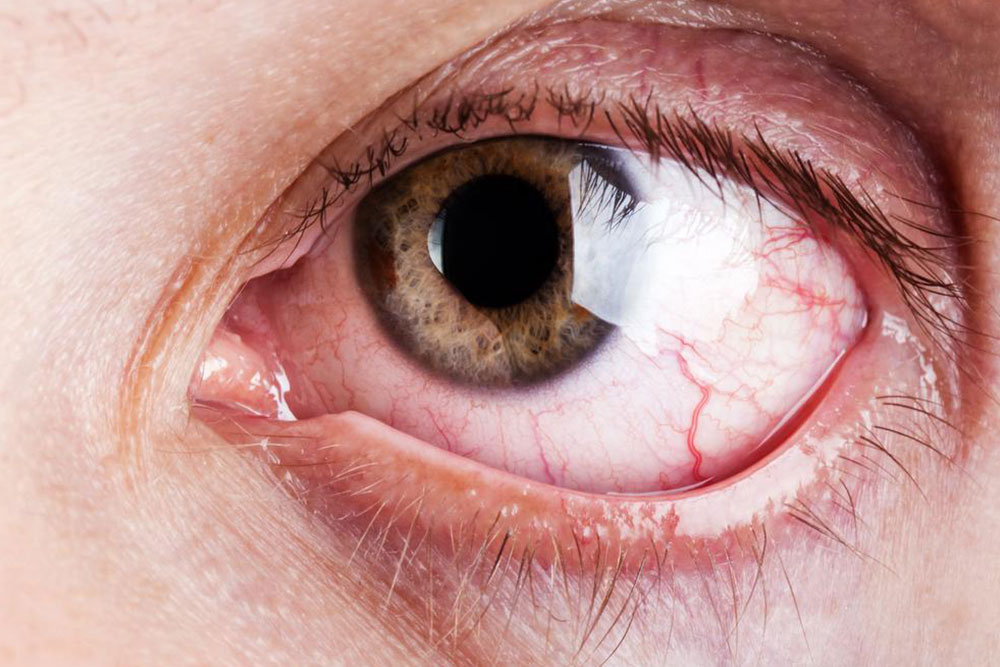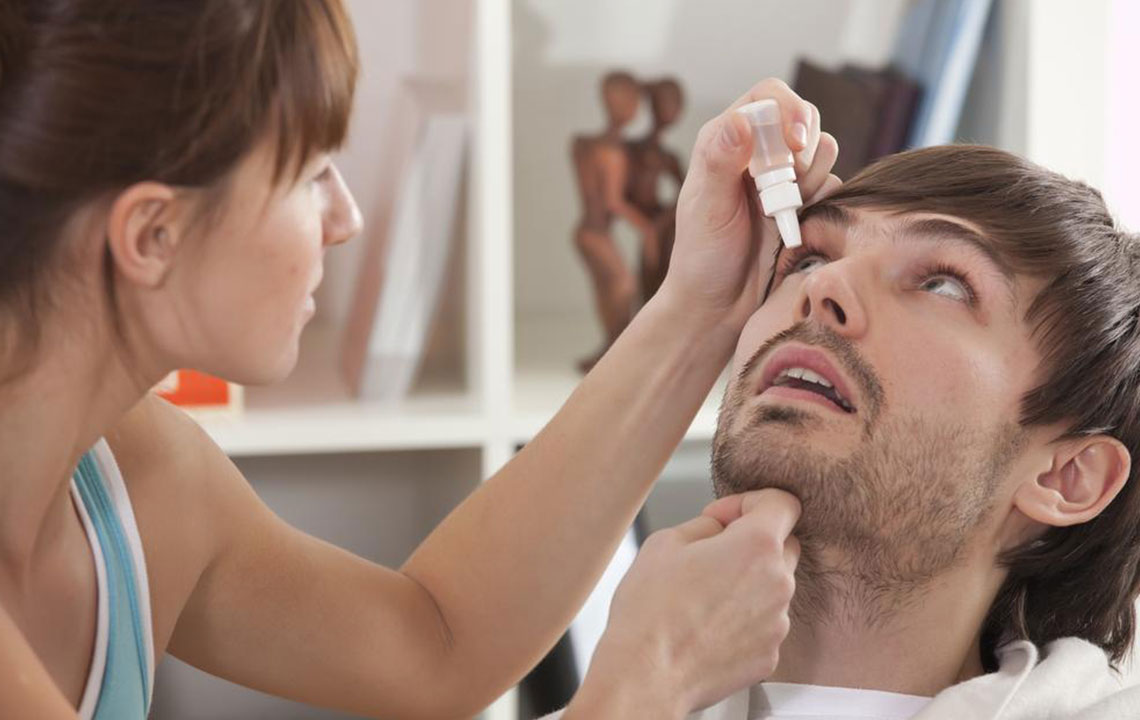Comprehensive Guide to Dry Eye Syndrome: Causes, Symptoms, and Effective Treatments
Dry eye syndrome affects millions worldwide, causing discomfort, redness, blurred vision, and irritation. This comprehensive guide covers its causes, symptoms, and treatments, helping sufferers understand and manage the condition. From environmental factors and health conditions to aging and medications, learn how to protect your eye health and find relief with expert-backed strategies.

Comprehensive Guide to Dry Eye Syndrome: Causes, Symptoms, and Effective Treatments
Dry Eye Syndrome, medically known as Tear Film Dysfunction, is a prevalent ocular condition affecting millions worldwide. It occurs when the eyes do not produce enough tears or when the tears evaporate too quickly, leading to irritation, discomfort, and potential damage to the eye surface. This condition can significantly impact daily activities and overall quality of life if not properly managed. In this extensive guide, we delve into the various causes of dry eye syndrome, recognize its common signs and symptoms, and explore effective treatment options to help sufferers find relief and restore ocular health.
Understanding Dry Eye Disease
Dry eye disease is characterized by inadequate lubrication of the eyes, resulting from a disruption in the tear film. The tear film is a complex layer composed of water, oils, mucus, and protective proteins that work together to maintain eye health, provide clear vision, and protect against infections. When this delicate balance is disturbed, symptoms such as dryness, redness, burning, and blurred vision can occur. Many individuals experience temporary dry eye episodes, particularly after prolonged screen time or exposure to harsh environmental conditions. However, chronic dry eye syndrome requires medical attention to prevent long-term damage.
Understanding the key signs and symptoms of dry eye syndrome is crucial for early detection and treatment. Below are some of the most common indicators:
Persistent Dryness and Itching: These are often the first signs, prompting an urge to rub or scratch the eyes in an attempt to alleviate discomfort.
Redness and Burning Sensations: Inflammation or irritation often causes the eyes to appear red and feel hot or burning.
Grittiness and Sand-like Sensation: Many sufferers describe a feeling of having tiny particles or grit in their eyes, especially after blinking.
Light Sensitivity: Increased sensitivity to light may cause discomfort and frequent blinking in bright environments.
Blurred or Distorted Vision: Vision may fluctuate and become blurry, especially during activities that require focus, like reading or using digital devices.
Discharge and Crusting: Mucus or crust formation around the eyelashes can also be observed in some cases.
Headaches and Eye Pain: Discomfort behind the eyes and headaches can result from strain and dryness.
Fatigue or Heaviness: The eyelids may feel heavy or tiresome due to continuous strain and irritation.
Reflex Tears and Excess Tearing: Paradoxically, dryness can sometimes trigger overproduction of tears as a reflex response, which may be misplaced and insufficient to moisturize the eyes properly.
Recognizing these signs early is essential for effective management, preventing complications, and maintaining good eye health. Now, let’s explore what causes dry eye syndrome and what factors contribute to its development.
Many factors influence the development of dry eye syndrome, affecting tear production and quality. The complexity of tear film maintenance makes it susceptible to various internal and external influences. Below, we examine some of the primary causes and risk factors associated with dry eye disease.
Health Conditions
Autoimmune disorders such as rheumatoid arthritis, Sjogren’s syndrome, and lupus are common underlying causes of dry eye syndrome. These conditions target the moisture-producing glands and tissues, reducing tear secretion or altering tear composition. Patients with autoimmune diseases often experience symptoms beyond dry eyes, including dry mouth, joint pain, and fatigue, which further complicate management.
Environmental Factors
External conditions play a significant role in dry eye development. Exposure to dry, dusty, or smoky environments can accelerate tear evaporation and impair ocular surface health. Similarly, environments with strong air conditioning, heating, or wind can dehydrate eyes. People working or spending extensive hours in air-conditioned offices, factories, or outdoor settings are at increased risk. Protecting the eyes with appropriate eyewear and maintaining humidified surroundings can help mitigate these effects.
Aging and Hormonal Changes
Aging naturally reduces tear production, making dry eyes more common among older adults. Postmenopausal women are especially susceptible due to hormonal fluctuations that affect tear gland function. Age-related changes include thinning of the tear layer, reduced oil secretion from the meibomian glands, and changes in eyelid function, all of which contribute to dryness.
Medications
Many medications list dry eye as a potential side effect. These include antihistamines, antihypertensives, antidepressants, birth control pills, and hormone therapies. The impact varies depending on dosage and individual response. If you notice increased dryness after starting new medication, consult your healthcare provider for possible adjustments or alternatives.
Laser Eye Procedures and Surgeries
Procedures like LASIK and other laser surgeries offer excellent corrective benefits for refractive errors but may temporarily or permanently reduce tear production. Postoperative dry eye is a common side effect due to nerve disruption or changes in eyelid sensation. Proper pre- and post-operative care, including tear supplements, can help manage this risk.
Eyelid Abnormalities
Structural issues such as eyelid malformations, entropion, ectropion, or incomplete eyelid closure affect the natural distribution of tears and eye lubrication. Conditions like eyelid tumors or congenital abnormalities can impair blinking, leading to uneven tear spread and dry patches on the eye surface.
Understanding these causes enables targeted interventions, lifestyle modifications, and appropriate medical treatments. Next, let's explore available treatment options to alleviate dry eye symptoms effectively.





